
AeroGenie — あなたのインテリジェントな副操縦士。
現在のトレンド
Categories
CFM56 Engine Values Highlight Investor Opportunities and Risks
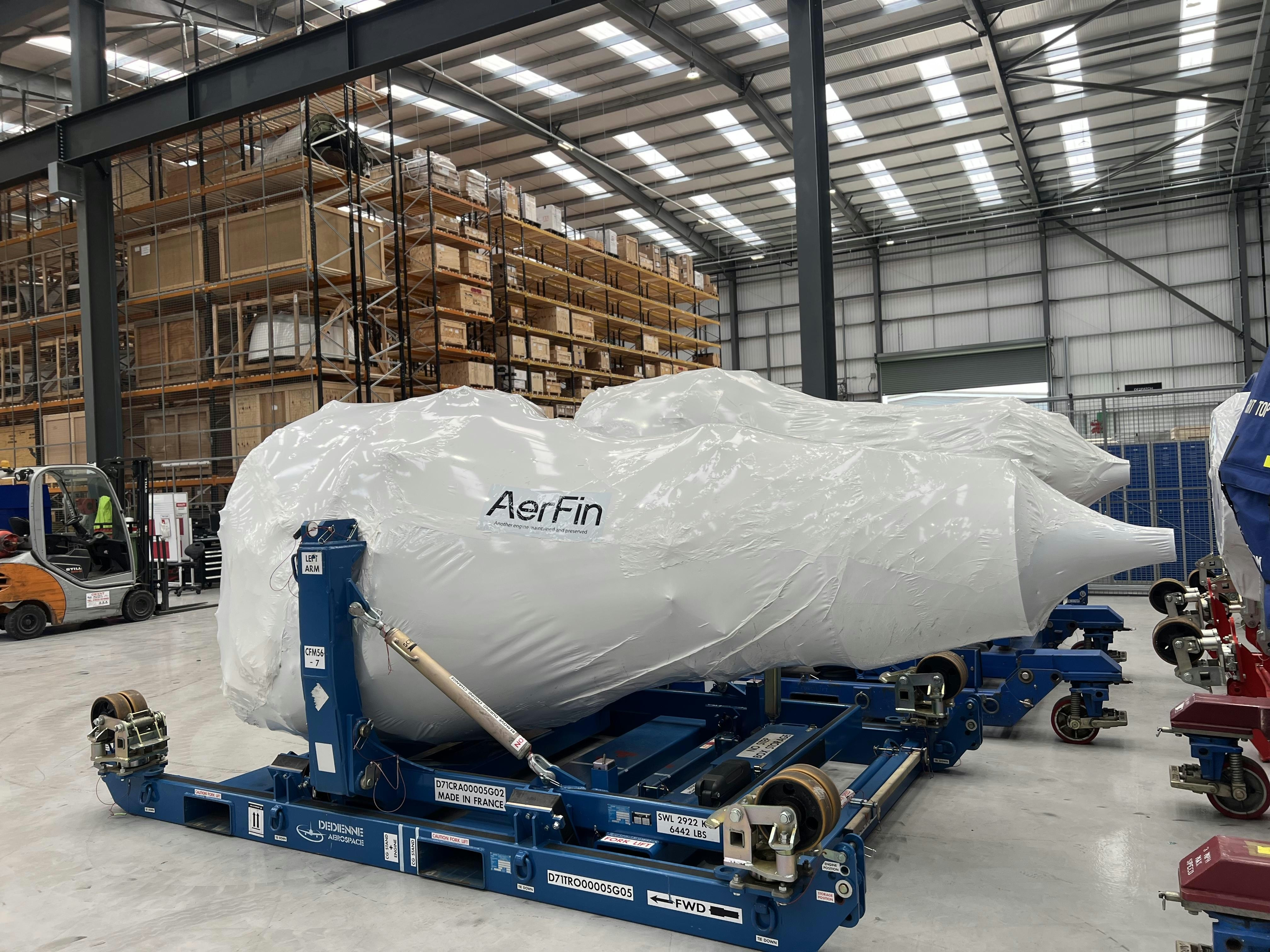
CFM56 Engine Values Highlight Investor Opportunities and Risks
The market for CFM International’s CFM56 engines has witnessed remarkable growth, with values for certain variants increasing by as much as 50% over the past two years. This surge, detailed by Magnetic Leasing in an exclusive report for Aviation Week Network, reveals a complex landscape of lucrative opportunities alongside emerging risks for investors and operators.
Market Dynamics and Valuation Challenges
Magnetic Leasing, a prominent engine leasing firm, cautions that traditional valuation benchmarks for used engines are becoming less reliable. According to CEO Alex Vella, the uniqueness of each used engine—shaped by factors such as component condition, maintenance history, utilization patterns, and prevailing lease rates—renders broad valuations difficult. The primary market driver remains straightforward: demand continues to outpace supply, particularly for the CFM56-7B variant. Although the CFM56-5B lags slightly in value, it is also experiencing upward momentum, especially among high-thrust models.
Rising operational costs are significantly influencing investment strategies. The escalating expenses associated with shop visits—attributable to increased labor, material, and OEM part prices—have made rebuilding CFM56 engines to traditional standards of 7,500 to 9,000 flight cycles increasingly uneconomical. Consequently, many operators are opting for shorter, less costly maintenance cycles targeting 4,000 to 6,000 flight cycles. High build standards are now generally reserved for engines undergoing major performance overhauls, where a target of 10,000 cycles or more is necessary to justify the investment.
Industry Responses and Market Outlook
This evolving environment has prompted strategic responses across the industry. Hanwha Aviation has secured financing to expand its engine leasing portfolio, focusing primarily on CFM56 engines to capitalize on current demand. Ryanair plans to conduct additional engine shop visits by year-end to optimize its fleet’s performance and cost efficiency. Other market participants are adapting accordingly: APOC Aviation is revising its strategies to address regional demand fluctuations and persistent supply constraints, while FTAI Aviation is enhancing its repair capabilities to reduce dependence on third-party services.
Compounding these challenges is a sharp rise in OEM material prices, which have increased by approximately 30% over two years, alongside a shortage of used serviceable material. This scarcity compels many operators to purchase new parts, thereby increasing investment requirements and compressing profit margins. Magnetic Leasing anticipates a market correction within the next two to three years. Smaller carriers, still financially vulnerable following the pandemic, face heightened risk. Should lease rates become unsustainable, a wave of airline failures could result in increased returns of airframes, some of which may not be economically viable to convert. This scenario could lead to more engine teardowns and a renewed supply of green-time material, potentially alleviating current supply constraints.
Amid this volatility, specialist maintenance, repair, and overhaul providers such as Aero Norway are consolidating their focus, concentrating almost exclusively on CFM56-5B and -7B engines to streamline operations and prepare for future transitions. CEO Neil Russell notes that insights gained from the CFM56 market are informing the company’s move into Leap-1A and -1B engine work. Aero Norway is also employing artificial intelligence to enhance material planning and operational forecasting, aiming to deliver greater value and reduce complexity for airline customers.
With valuations reaching record highs on one hand and mounting operational pressures on the other, the CFM56 engine market stands at a critical crossroads, presenting both significant opportunities and considerable risks for investors and operators alike.
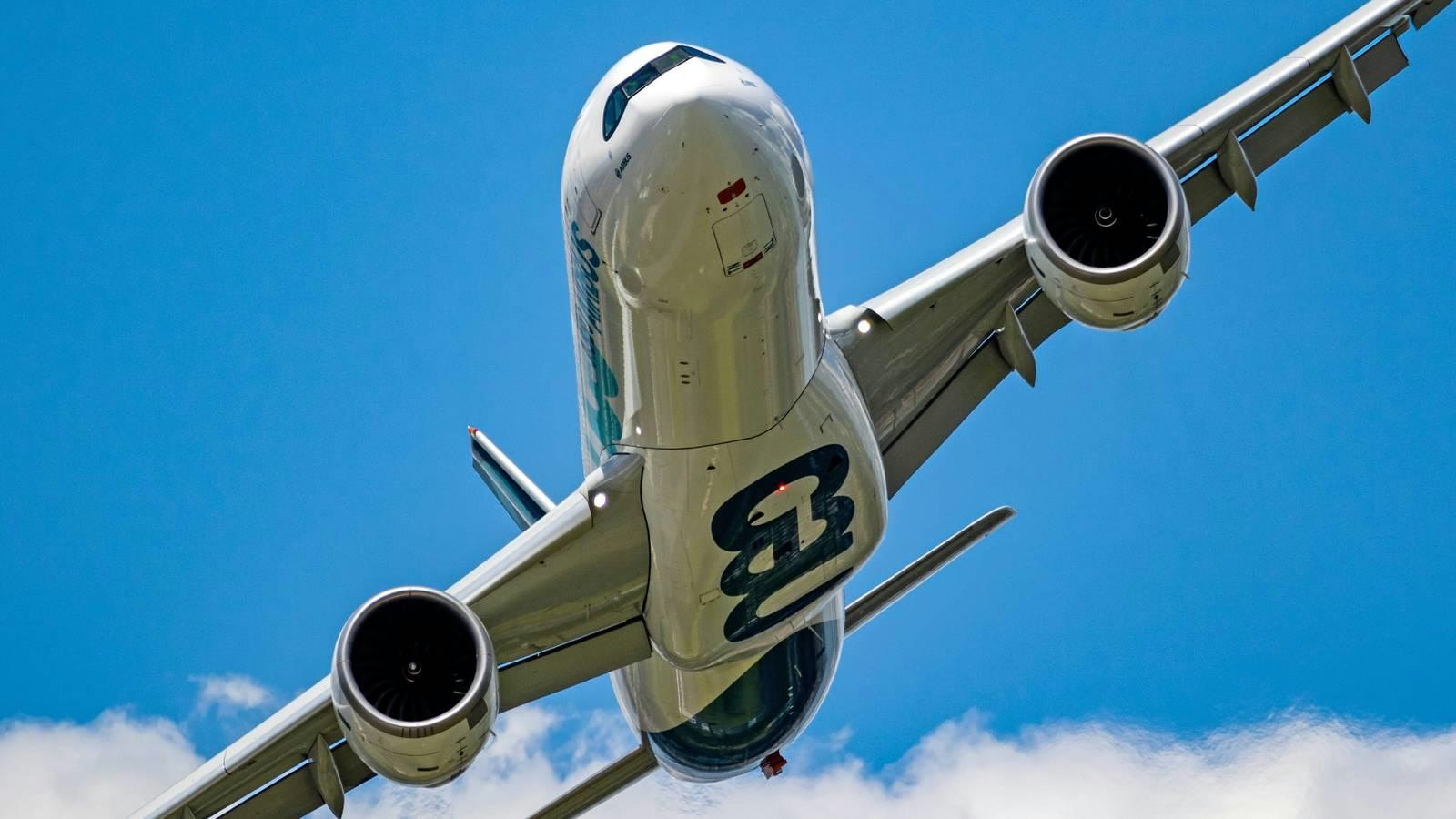
Why Is the Airbus A330neo Limited to a Single Engine Type?
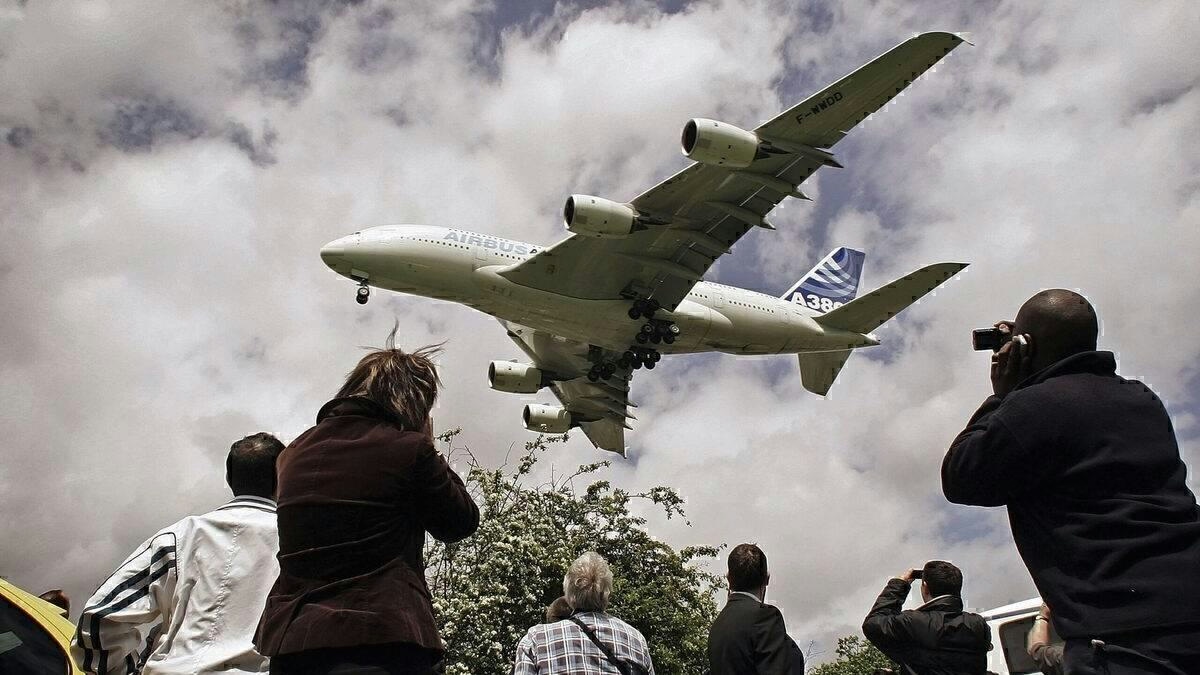
FedEx Cancels Airbus A380 Order

Why AI Hasn’t Transformed Flight Booking
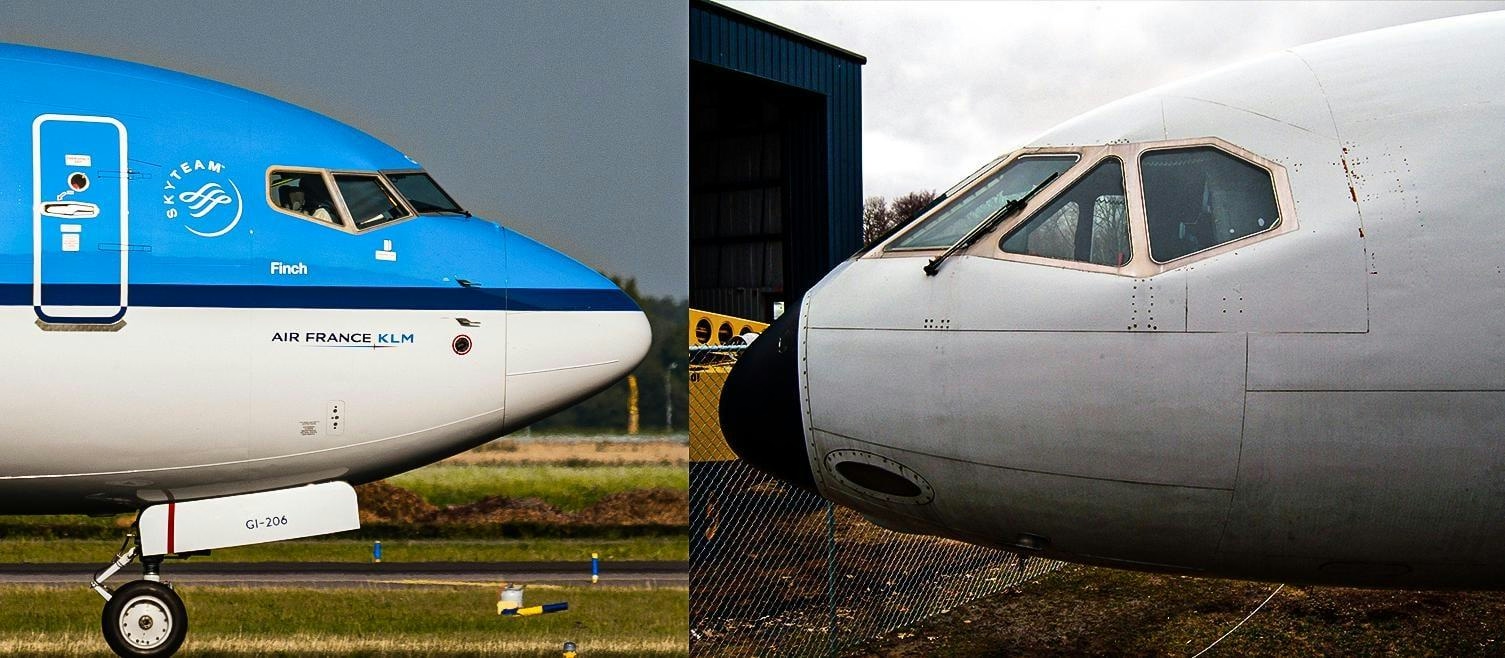
Why Are Boeing Aircraft Noses More Pointed Than Airbus?
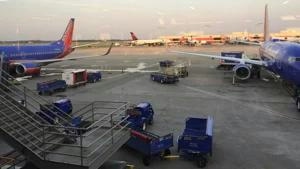
Digitizing the Aviation Supply Chain: Moving Beyond Outdated Practices
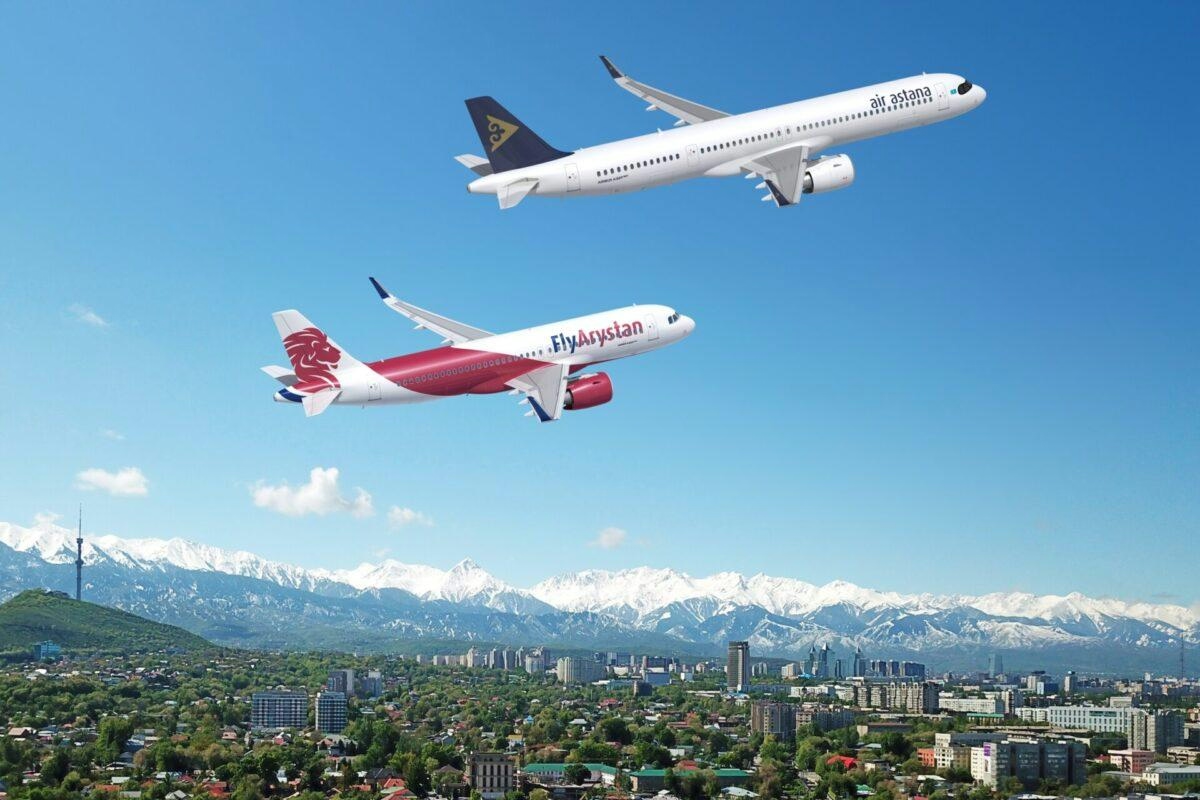
Air Astana Signs Agreement for Up to 50 Airbus A320neo Jets
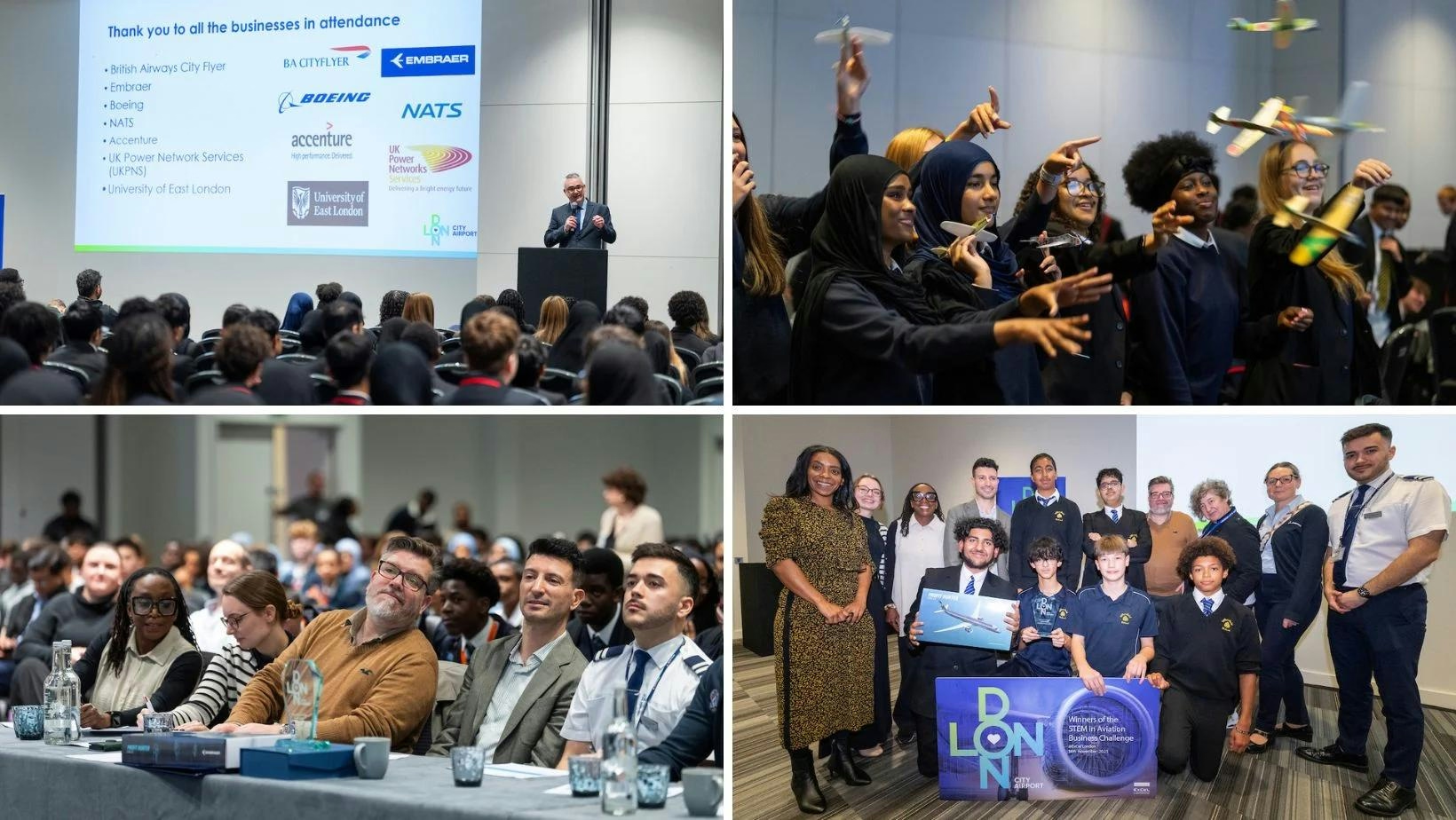
East London students explore aviation innovation at LCY STEM event

Archer’s Air Taxi Fails to Fly at Dubai Airshow
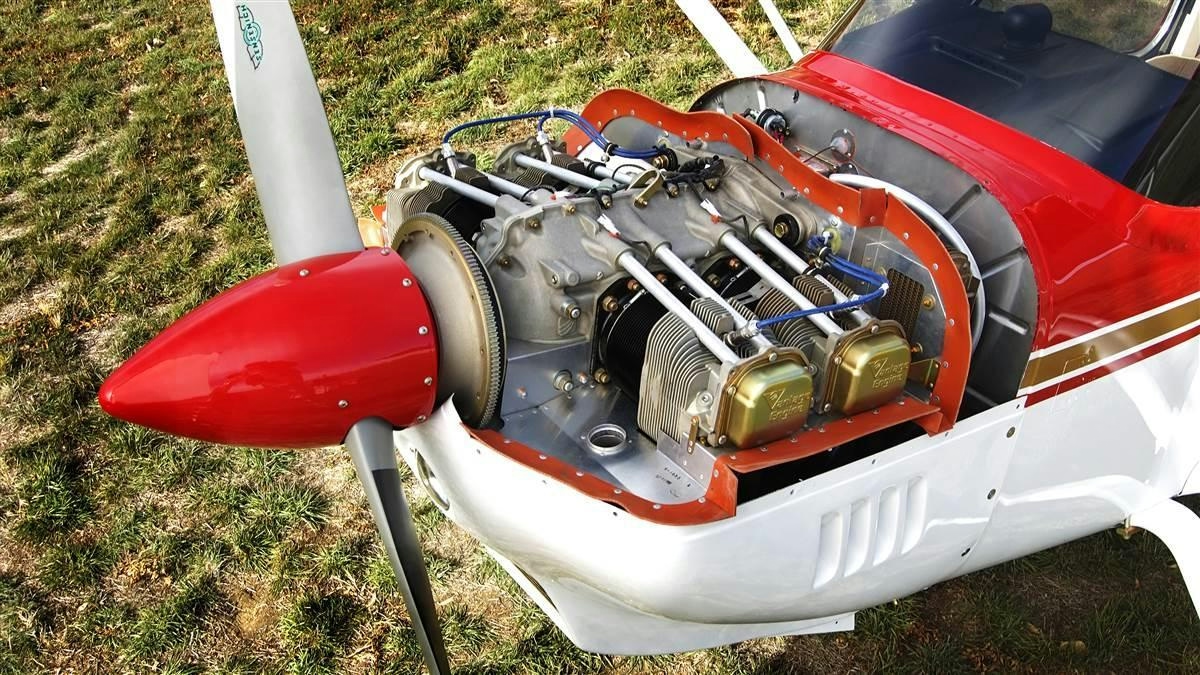
New Course on Airplane Engine Operations Launched
